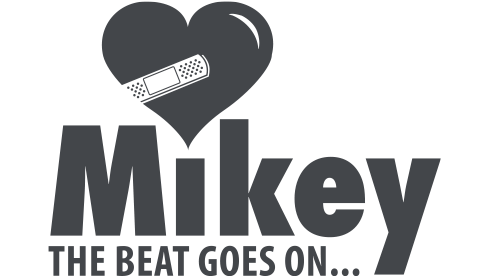
The Canadian and provincial governments have announced that the week of May 6 to the 12th is Emergency Preparedness Week. The annual event encourages Canadians to take concrete actions to be better prepared to protect themselves and their families during emergencies.
This is so important to prepare for, as you’ll never know when an emergency will strike; as well as what kind of emergency it will be. Where do you start though? How much water will you need? Is it alright to use candles inside during a power outage? These are just a few questions that most will experience when they begin to assemble an emergency kit.
We’ve taken the liberty of highlighting some of the key pieces and items that you will need to have during an emergency of any kind.
Develop a plan
Before you begin gathering items for your kit, it’s important to create a well thought out plan in case of an emergency. We encourage you to develop plans for specific emergencies as each will vary with what is needed and how to act, but here are some key pieces that should be apart of every emergency plan.
- Contact information – Whether it’s a family member, a friend, or emergency numbers; it’s important to have someone to contact in case of an emergency. We recommend having a contact list of emergency numbers, and more than one way to reach out to them. There will be times when a walkie-talkie is needed vs. using text messaging or social media.
- Evacuation plan – In case you are asked to evacuate your home, or even your area, select two safe locations you could go to. One should be nearby, such as a local library or community centre. The other one should be farther away, outside your neighbourhood, in case the emergency affects a large area.
- General Safety – Depending on the emergency you should know the procedures of how to act and address the emergency at hand. As an example, if you’re trying to perform a utility shut off procedure, every adult in your family, as well as older children, should also know how to turn off main utilities—water, electricity, gas.
Emergency Items
Water
Depending on the number of people that you will need to plan for, you will need to have at least four litres of water per person per day for drinking, food preparation, personal hygiene and dishwashing. As an example, if you have three family members, you should have at least 12 litres of water a day for a three-day emergency.
If you have a pet, the rule of thumb is to store 30 millilitres of water per kilogram of the animal’s weight per day. An average cat or small dog would require at least 1/5 of a litre (or half a cup) of water per day.
Food
Any food that you plan on storing for an emergency should be non-perishable and easy to prepare (canned fruits, beans, dried fruits and vegetables, etc.). Depending on the emergency, you should have enough food for each person in your family for at least three days. IMPORTANT: Make sure to have essential tools on hand to make the food, like a can opener.
First Aid Kit
If you’re choosing a First Aid Kit it’s usually a good rule of thumb to find a large one with a bunch of items for various emergencies; you’ll never know what to expect.
Medication
If you or someone in your family is allergic to something or needs a medication with them at all times like asthma, you should plan to have that on hand, just in case.
Radio
Having a radio on-hand is essential if all other forms of communication have been shut down. Try to find a hand-cranked radio, so that you’re not reliant on batteries unless absolutely necessary.
We hope that you found this to be insightful for your kit. If you’re in need of more ideas or a guide to follow, check out the Government of Ontario’s emergency preparedness plan.

















